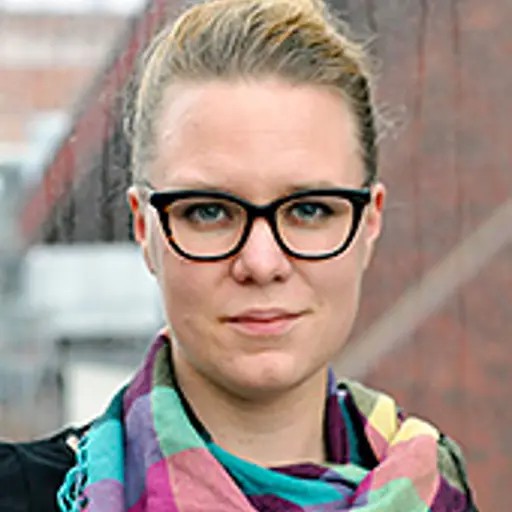Course syllabus adopted 2021-02-26 by Head of Programme (or corresponding).
Overview
- Swedish nameTeknisk design: teori och forskning
- CodePPU091
- Credits7.5 Credits
- OwnerMPDES
- Education cycleSecond-cycle
- Main field of studyIndustrial Design Engineering
- ThemeMTS 5 c
- DepartmentINDUSTRIAL AND MATERIALS SCIENCE
- GradingTH - Pass with distinction (5), Pass with credit (4), Pass (3), Fail
Course round 1
- Teaching language English
- Application code 16114
- Block schedule
- Open for exchange studentsNo
Credit distribution
Module | Sp1 | Sp2 | Sp3 | Sp4 | Summer | Not Sp | Examination dates |
|---|---|---|---|---|---|---|---|
| 0120 Written and oral assignments 7.5 c Grading: TH | 7.5 c |
In programmes
Examiner
 Helena Strömberg
Helena Strömberg- Senior Lecturer, Design & Human Factors, Industrial and Materials Science
Eligibility
General entry requirements for Master's level (second cycle)Applicants enrolled in a programme at Chalmers where the course is included in the study programme are exempted from fulfilling the requirements above.
Specific entry requirements
English 6 (or by other approved means with the equivalent proficiency level)Applicants enrolled in a programme at Chalmers where the course is included in the study programme are exempted from fulfilling the requirements above.
Course specific prerequisites
-
Aim
The aim of the course is that the student should develop further knowledge of the theories, processes and methods that characterize product development work, as well as prepare the student for assimilating design science literature and research in future studies and work life.
Learning outcomes (after completion of the course the student should be able to)
- differentiate between different research approaches; specifically, research for, research on and research through design and product development
- reflect upon current research on the themes and topics addressed in the course
- compare theories on design and product development work to own empirical findings, and to own and others practice
- review and extract relevant information from academic papers
- produce an academic paper comprising the relevant basic components
- discuss similarities and differences between different processes in of design and product development
- discuss the preconditions produced by the organisation, for different types of design and product development work
- discuss which abilities and competencies that characterise design and product development work, as well as make the most of them
- reflect upon the role(s) of the individual in design and product development; including the roles in relation to sustainability and ethical aspects
- reflect on the problems and opportunities associated with collaboration and teamwork in product development work, especially in cross-disciplinary and cross-cultural product development work
Content
The content of the course encompasses the following topics:
- the individual designer: the creative individual; the designer's different types of knowledge, skills and responsibilities;
- the team, cross-disciplinary collaboration, cross-cultural collaboration, creativity in teams;
- the organization, orientations in product development, organizational prerequisites for creativity;
- research approaches in design and product development; past and current themes in design research;
- academic literacy, writing academic texts
Organisation
The course is organized as a series of lectures, seminars and exercises/assignments.
Literature
The literature will consist of academic papers (see course home page).
Examination including compulsory elements
Examination of the course is based on compulsory participation in seminars and the completion of exercises and oral and written assignments. Participation in seminars and exercises will result in a Fail/Pass. Assignments will receive a grade F(ail), 3, 4, or 5. The final grade F(ail), 3, 4 or 5 will be based on an average of the results of the assignments.
The course examiner may assess individual students in other ways than what is stated above if there are special reasons for doing so, for example if a student has a decision from Chalmers about disability study support.